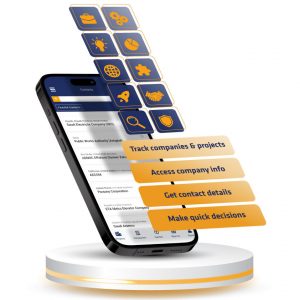The Importance Of Lesson Planning In Nursery Schools

Lesson planning helps nursery school teachers create a clear path for the day. It gives structure to learning while still allowing time for free play and simple discovery. Through short and flexible plans, teachers prepare for a mix of activities that match the interests and pace of young children.
Setting daily goals:
Planning in a nursery Dubai Marina helps teachers know what they want children to try during the day. These goals may include counting objects, naming colors, or listening to a short story. Keeping the goals simple makes it easier for children to take part and stay engaged.
Balancing different activities:
A good plan includes a mix of quiet, active, group, and solo tasks. Storytime, art, movement games, and singing may all be part of the same day. When these are planned in advance, there is enough time for each type of activity.
Making good use of time:
Lesson plans help teachers manage time during the school day. They can decide how long to spend on each part of the routine, such as morning group time, outdoor play, and snack breaks. This helps the day move at a steady pace.
Matching activities to children’s interests:
Planning lets teachers include themes that children enjoy. If the group is interested in animals or vehicles, teachers can plan stories, songs, or games around those themes. This adds variety and keeps learning fresh throughout the week.
Preparing materials in advance:
When lessons are planned, teachers know which tools, toys, or books they will want. They can gather everything before the activity starts. This keeps the day running smoothly and avoids long pauses or missed chances for play.
Observing and adjusting:
Planning does not mean the day stays the same every time. Teachers observe how children react and may change parts of the lesson. A plan acts as a base, and teachers adjust it depending on the group’s mood or necessities on that day.
Supporting staff teamwork:
When all teachers follow a shared plan, the whole team works in the same direction. It makes transitions easier and helps everyone know what to do next. Staff can also share ideas for future lessons based on what worked well.




